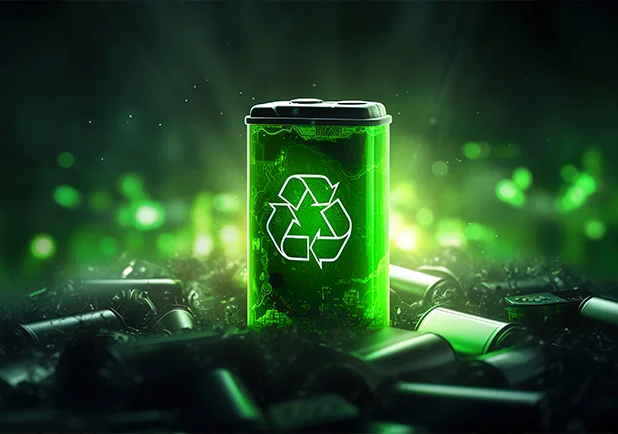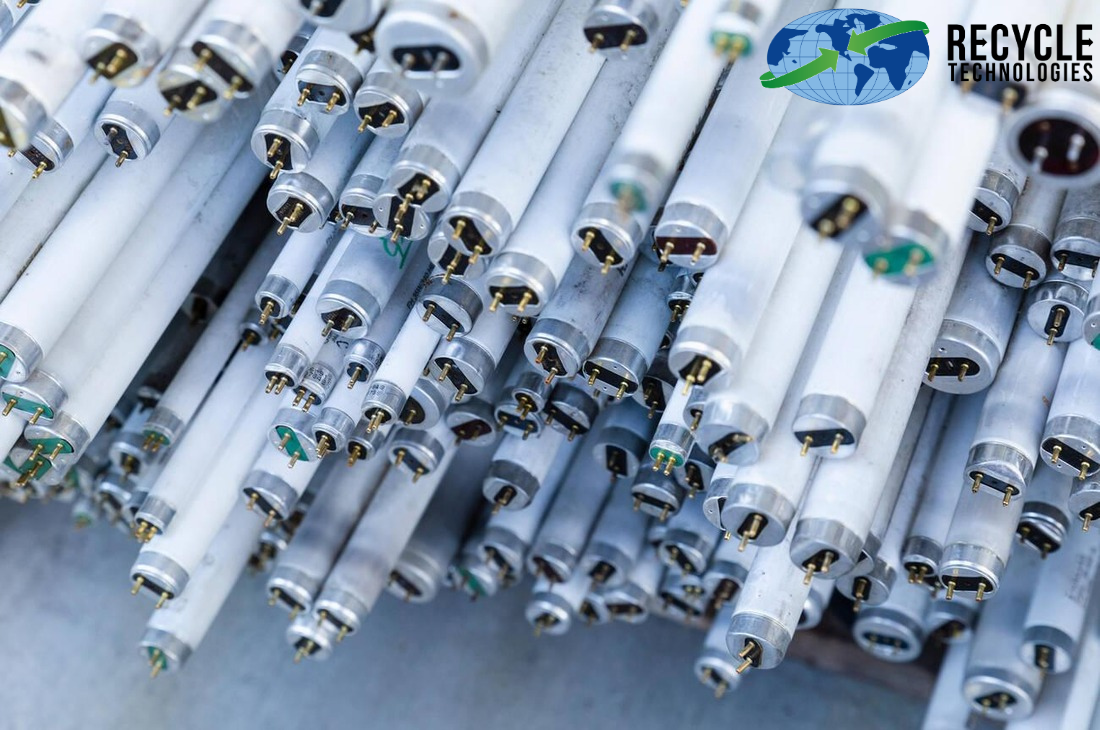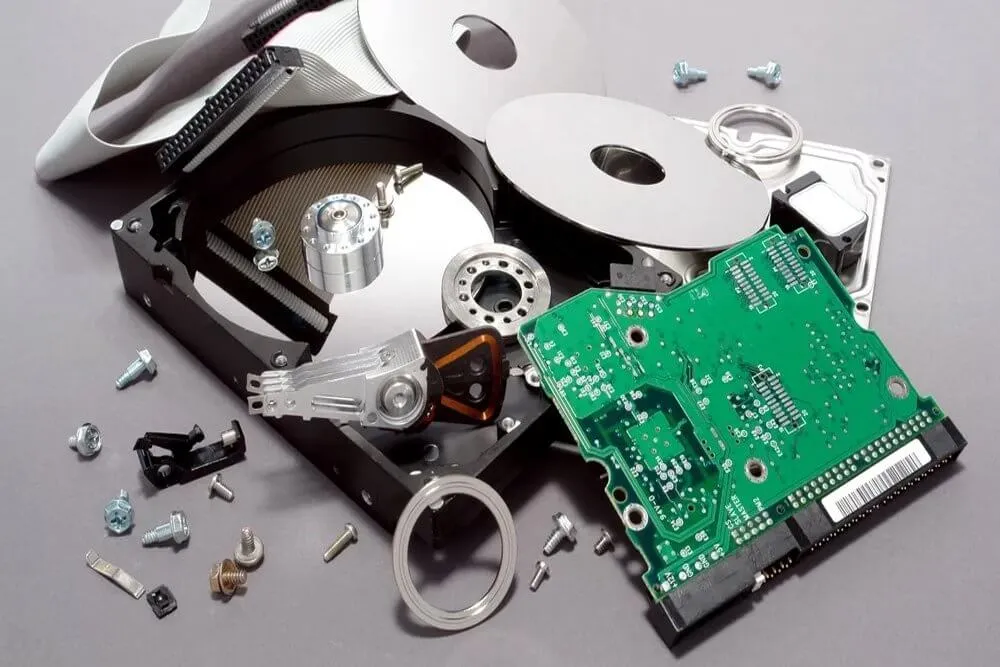While the whole purpose of air purifiers and humidifiers is to make our life easier, after a while it starts working negatively. Each appliance has a life span of its own after which it needs to be properly recycled and disposed of letting these appliances rot in our storage, garbage or scrap yards ultimately proves to be a hazard for us. However, this irony of preservation can be reversed with the introduction of appliance recycling. You not only get the chance to get rid of your old appliances, but we can even reuse some of the materials in them.
What are Air Purifiers?
An air purifier cuts pollutants from a room's air to improve its quality. Toxins that air purifier filters include pollen, pesticides, dust, pet dander, mildew, dust mites, paint fumes, ragweed, and second-hand smoke. An exceptionally well-made air purifier can survive for many years.
An air purifier may clean the air of a wide range of pollutants and allergens that can be harmful to a person's health eventually. The benefits of an air purifier go beyond merely cleansing the air of common contaminants.
What Are Air Purifiers Made of?
An air purifier's components include a plastic casing, an electric fan to induce air movement through the filter, the filter itself, and control switches to regulate the fan's speed and turn the air purifier on and off. HEPA filters are constructed of borosilicate glass fibers or plastic fibers (for example, polypropylene) that are linked together with up to 5% acrylic binder.
Plastic is nearly always used to make cases, often high-impact polystyrene, polyvinyl chloride, high-density polyethylene, or polypropylene. Most air purifiers are also outfitted with an activated carbon post-filter. If these materials are not handled appropriately, they might become harmful overall. Appliance recycling prevents these materials from ending up in public places.
Humidifiers & Dehumidifiers
Humidifiers are gadgets that supply moisture to the environment to avoid dryness, which can irritate many sections of the body. Humidifiers are especially useful for treating dry skin, nose, throat, and lips. They can help alleviate some of the symptoms of the flu or common cold.
On the other hand, dehumidifiers run by eliminating extra moisture and humidity in the environment. Because humidity levels might fluctuate owing to shifting seasons, weather, energy use, air movement, and other variables, a dehumidifier can help keep things in check. A dehumidifier may also help to reduce the moisture that promotes allergy development, improving air quality, and preventing the growth of some germs and viruses.
What Components Do Humidifiers and Dehumidifiers Make Up of?
The components are a fan and a wick filter. The filter is a mesh made from cloth or paper. It acts like a sponge and soaks up water, drawing it up from the basin to the top where the fan is found. The fan could be made up of either plastic or steel.
Similarly, the base of these devices could be manufactured by either or both two. There is an electric circuit found, which decides how the invention will work. This circuit holds a cell or battery, connecting wires usually made up of metal for conductivity. In addition, a switch or key along with an indicator is also included.
Why is There a Requirement for Appliance Recycling?
Air purifiers themselves are, undeniably, large and mostly plastic appliances with many components. This presents an enormous challenge to recycling. They are meticulously manufactured; they are also carefully packed to ship long distances.
This may mean that, like many similar machines, parts of the shipping material are recyclable, and parts (like Styrofoam or padding) are not. Recycle Technologies carefully separates the reusable parts from the rest. After a thorough process of removing the delicate parts, the device is given into recycling process. Appliance recycling helps keep the scrap yards clean and save energy.
What Happens if You Don’t Recycle Appliances?
Remember that these materials are toxic: if they are not recycled, they make up a threat to the environment, causing greenhouse gas emissions, water pollution, and other detrimental effects on the ecosystem and our health.
Because many of the materials used to make them can be reused, recycling also saves on the mining and processing of the minerals they require to function, allowing us to lessen the pollution created by these activities.
Recycling Your Appliances With Recycle Technologies
Recycle Technologies not only deals with appliance recycling but several other devices and materials too. It plays its part in preserving the environment and making the world a better place for future generations. You can do your part in this campaign by sending out your old items for recycling. Check out our website to know more.












